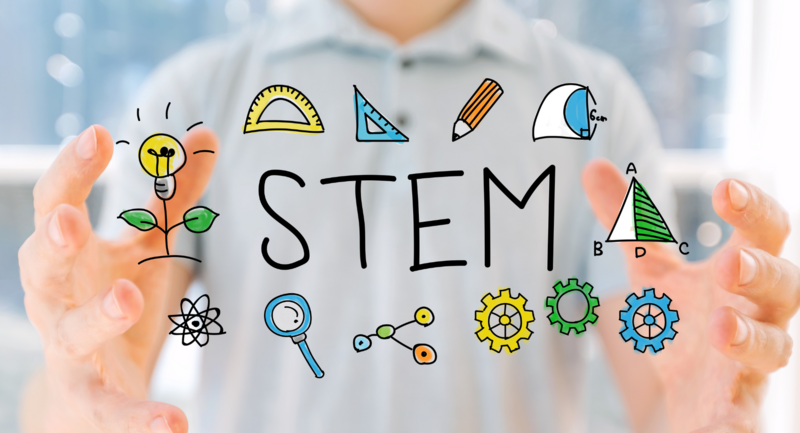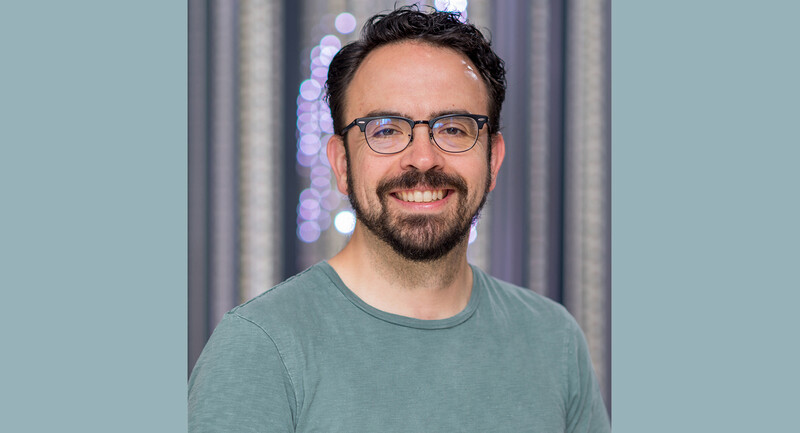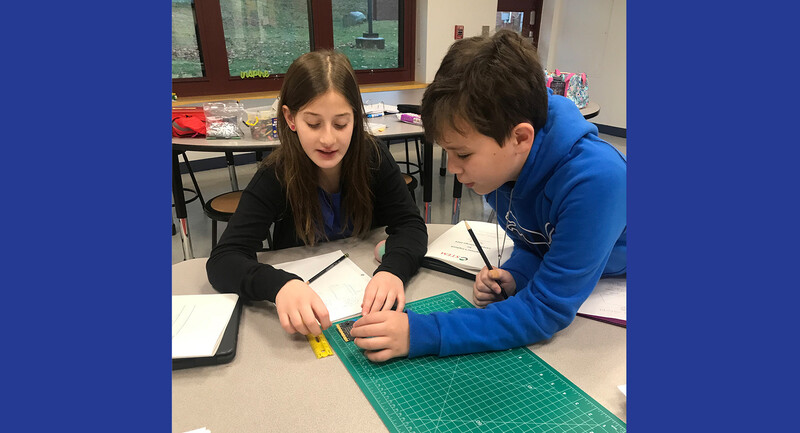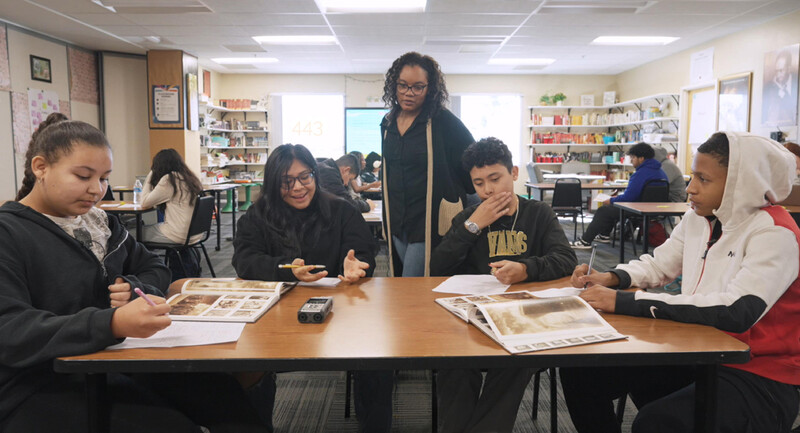For the past two years, I have worked with schools in southwest Iowa that are investing great time and money building teacher awareness of authentic learning and assessment. Their strategy for raising awareness is fairly sophisticated. Many speakers on authentic assessment have visited, a cadre of teachers trained in writing authentic tasks and assessments has been formed, and curriculum committees are working with authentic measures as they rewrite subject matter guides. Happily, a consensus has emerged in these schools that curriculum and assessment must radically change. A window of opportunity for transformation has opened, and educators are restless to get started. However, unless widespread improvements begin soon, that window will probably slam shut.
In my work with educators who are beginning this process, unfortunately, I have observed several misconceptions about authentic learning that discourage teachers from persevering in their work. Grasping these four misunderstandings can help us provide support that will result in more authentic learning in the classroom.
If you can't take 'em to Spain, they might as well not learn Spanish at all.
The first misconception is that any learning context that is not completely authentic is fraudulent. The truth is that lessons and units are neither completely authentic nor divorced from reality. The concept is relative.
For example, teaching high school students to speak Spanish by requiring them to use the language in classroom conversation is more authentic than instructing them to recite stock Spanish sentences from a text. Similarly, learning Spanish by using the language during an internship in Spain is more authentic than using it in classroom conversation. The fact that learning a language by living with native speakers is the most effective way to learn Spanish does not make using the language in classroom conversation a poor alternative.
If we understand that the concept of authenticity exists on a continuum, then we can reassure teachers that making lessons more authentic does not require a complete reversal of present practice. We are instead asking teachers to move in a more authentic direction along that continuum.
A couple of years ago I observed a class learning how to figure statistical means in a school. The teacher wrote a list of numbers on the chalkboard, demonstrated the algorithm for determining a mean, and asked several students to come up to perform the calculation on lists of raw numbers. The teacher then assigned all of the problems in the textbook, which also happened to be lists of raw numbers, but told the students to ignore the story problems. Sadly, it was the story problems that contained examples of authentic situations where adults would calculate and use means. For example, one asked students to determine a family's average electric bill given the past 12 billings. Although this task is not as elaborate as some authentic tasks, it could easily have been modified to provide a richer challenge.
The more important point is that finding the small and most obvious ways to make learning more authentic is an excellent place to start. As educators gain experience mastering these skills with simple applications, it becomes easier to implement sophisticated authentic tasks.
If you haven't got your chef's license, then you'll have to starve.
Many of us mistakenly believe that authentic learning is a completely new concept and that teachers must master the process—or get their license, so to speak—to use it in the classroom. Our perplexing vocabulary and intricate schemes for implementing authentic assessment may have inadvertently created this impression.
Wiggins refutes this misconception, pointing out that much of the “extra-curriculum”—especially music, drama, forensics, and athletics programs—has modeled learning in authentic contexts for decades. Most classroom teachers also have experience with authentic forms of instruction. Any social studies teacher who has asked students to write their legislator and any language arts teacher who has asked students to write a résumé or participate in a simulated job interview has experience with authentic tasks.
The prospect of making learning more authentic becomes less complicated if everyone recognizes that we already have some experience with the concept. In short, one can cook without a chef's credentials, and one can begin to work with authentic tasks without months of training and years of planning.
If it isn't real fun, then it isn't real.
The third misconception is that tasks that are not original, creative, and fun are not authentic. Of course, many examples of authentic tasks in the literature are stimulating projects with immediate relevance to the lives of students. This is wonderful! Students need more of these opportunities. Unfortunately, educators sometimes confuse engaging tasks with authentic ones. Thus, they may become discouraged from trying authentic tasks with students because they lack the time and energy to create elaborate and creative tasks from scratch.
The point of authentic learning is to let students encounter and master situations that resemble real life. These situations are often stimulating and engaging. It is a grave mistake, however, to shield students from the fact that some of life's work is tedious and unimaginative but, nonetheless, absolutely necessary. For example, editing a sales proposal simulates important work that people do in the real world, but many students will not find this task very interesting or understand its relevance. An important part of maturing is learning the self-discipline to face these kinds of tasks.
If you want to learn to play the piano, you must start by mastering Chopin.
Finally, there is a misconception that all authentic tasks are elaborate and complex, never simple and straightforward. As a result, some educators who would start composing authentic tasks think they must begin with a sonata rather than a melody line. Many are intimidated by examples of authentic tasks in the literature that are so challenging they can only be taught by the most experienced educators and mastered by the most talented learners.
All of us want our children to master rich, complex, and authentic challenges during their school careers. Fortunately, not everything we encounter in life is as complex and elaborate as some of the most ambitious of these tasks: inventing a marketable product, for example, or rewriting the Bill of Rights. Expecting a science teacher who is inexperienced with mentoring students through complex projects to teach students to write an environmental impact statement for a proposed real estate development is unrealistic.
In addition, this misconception sometimes causes teachers to overlook obvious opportunities for making learning more authentic. Students frequently learn important skills by performing simple real-world tasks they might encounter in daily life. For example, because I am concerned about my weight, I recently learned to read grocery labels to estimate the proportion of calories coming from fat. This skill helps me judge whether purchasing, and eating, low-fat ice cream is good for my diet. It is also a straightforward task requiring skills of estimation, computation, and judgment. That does not mean, however, that the skill is highly complex or takes an inordinate amount of time or organizational talent to teach.
Realizing the Potential of Authentic Learning
- Work toward more authenticity, not complete authenticity. Let's be realistic. Not every learning activity must duplicate real-life experiences. The hope is that, over time, activities will more closely resemble the real world than they have in the past. When the expectation is more reasonable, people may warm to it more quickly.
- Exploit available opportunities for authentic learning. Few people bake apple pies when they must begin by planting the trees. Even traditional textbooks contain story problems, suggestions for experiments, and ideas for projects that promote more authentic learning. The process of change begins with taking advantage of available opportunities and more systematically tying them to curriculum and assessment.
- Start with less complex tasks. Educators will have an easier time implementing authentic learning if they feel free to begin with simpler adaptations of the concept. Drafting a letter to the editor on a local environmental issue, for example, is an easier task to introduce than creating a Model United Nations to investigate global environmental problems. Both are authentic and valuable learning experiences. Experience will build the confidence educators need to attempt more complex tasks.
The power of the authentic learning movement has been in the simplicity of its central idea: students' experiences in school should more closely resemble the experiences they encounter in real life. The potential of this idea will be lost, however, if it is muddled by dense vocabulary and implementation models that are too intricate for practitioners.
By developing a common language and keeping a focus on the simple theme of the movement, we can help alleviate the misconceptions about authentic learning. More important, by keeping our expectations realistic, capitalizing on available opportunities, and starting simply, we can ensure that the window of opportunity remains open.







